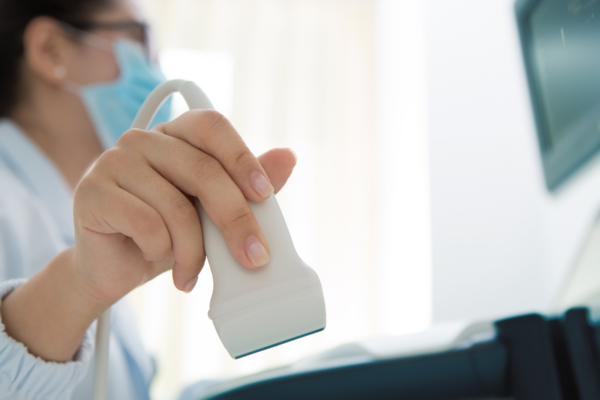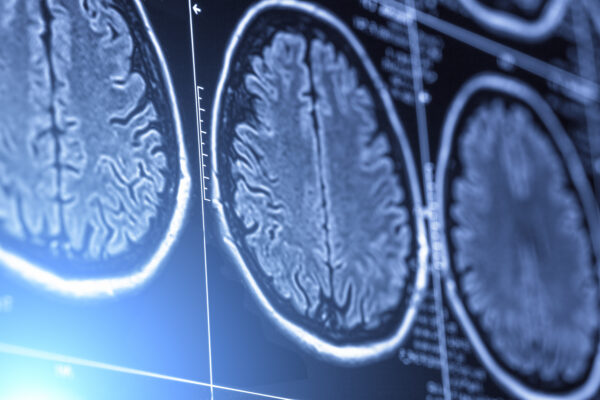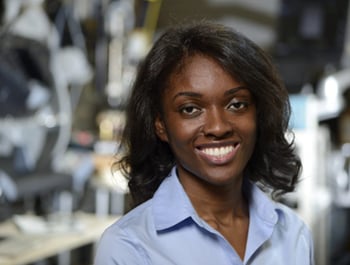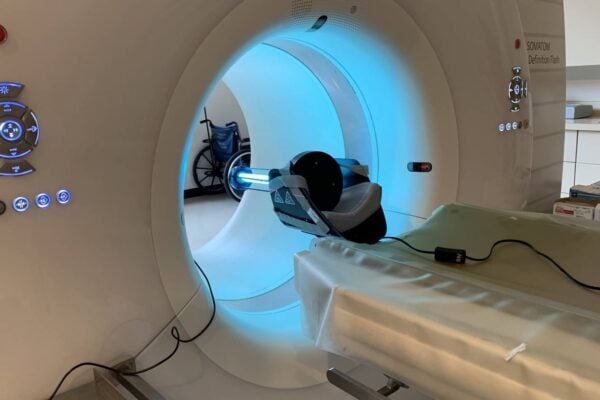In: Medical Imaging

For many women, ultrasounds could be pivotal for early breast cancer diagnosis
- September 7, 2022
- Medical Imaging
The development of novel ultrasound technology will help radiologists differentiate cancer from benign masses, preventing invasive and unnecessary breast biopsies and multi-year follow-ups.

Johns Hopkins partners with Microsoft to enhance AI for radiology
- August 15, 2022
- Machine Learning and Artificial IntelligenceMedical Imaging
Computer engineers and radiologists from the Malone Center for Engineering in Healthcare have teamed up with Microsoft to enhance the AI capabilities offered by Microsoft's Azure cloud computing system.

Emad Boctor receives Thalheimer Fund Grant
- August 31, 2021
- Medical ImagingRobotics, Augmented Reality, and Devices
The grant will fund the prototype for a more accurate and continuous fetal monitoring device.

Muyinatu “Bisi” Bell appointed the John C. Malone Assistant Professor
- March 23, 2021
- Center NewsMedical Imaging
The John C. Malone Assistant Professorship was endowed through the generosity of John C. Malone ’64, ’69 to support outstanding Whiting School faculty members within the Malone Center for Engineering in Healthcare.

Muyinatu Bell receives SPIE’s 2021 Early Achievement Award
- January 21, 2021
- Center NewsMedical Imaging
Bell, an assistant professor in the Department of Electrical and Computer Engineering, was recently named the recipient of the 2021 Early Career Achievement Award – Academic Focus by the International Society for Optics and Photonics (SPIE).

Fighting COVID-19: Using ultraviolet light to decontaminate CT scanners
- December 9, 2020
- COVID-19Medical Imaging
In an effort to streamline medical imaging workflow, researchers at Johns Hopkins are testing the use of UV light to disinfect CT scanners within a matter of minutes—an especially important goal amid the COVID-19 pandemic.